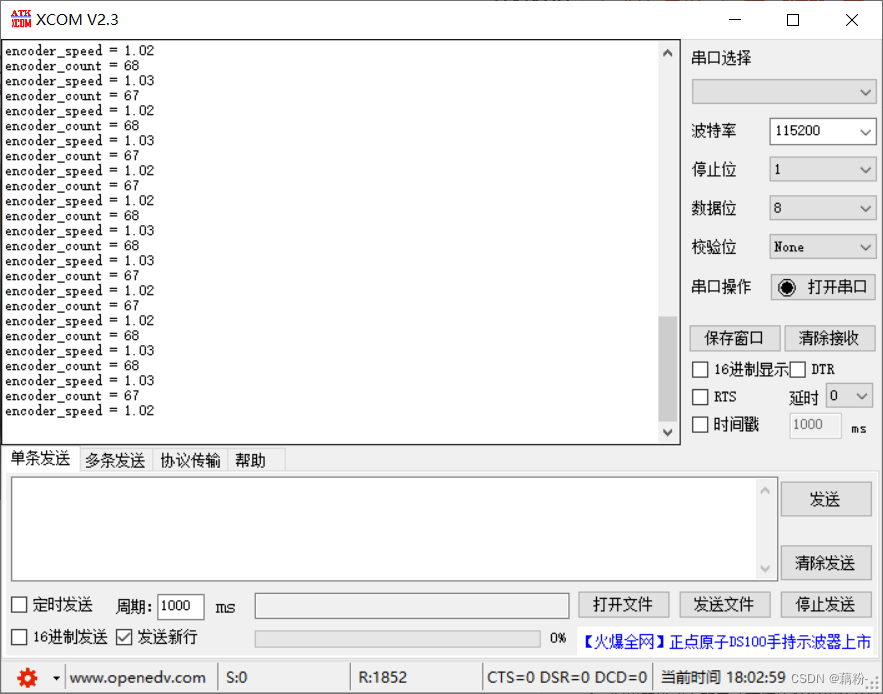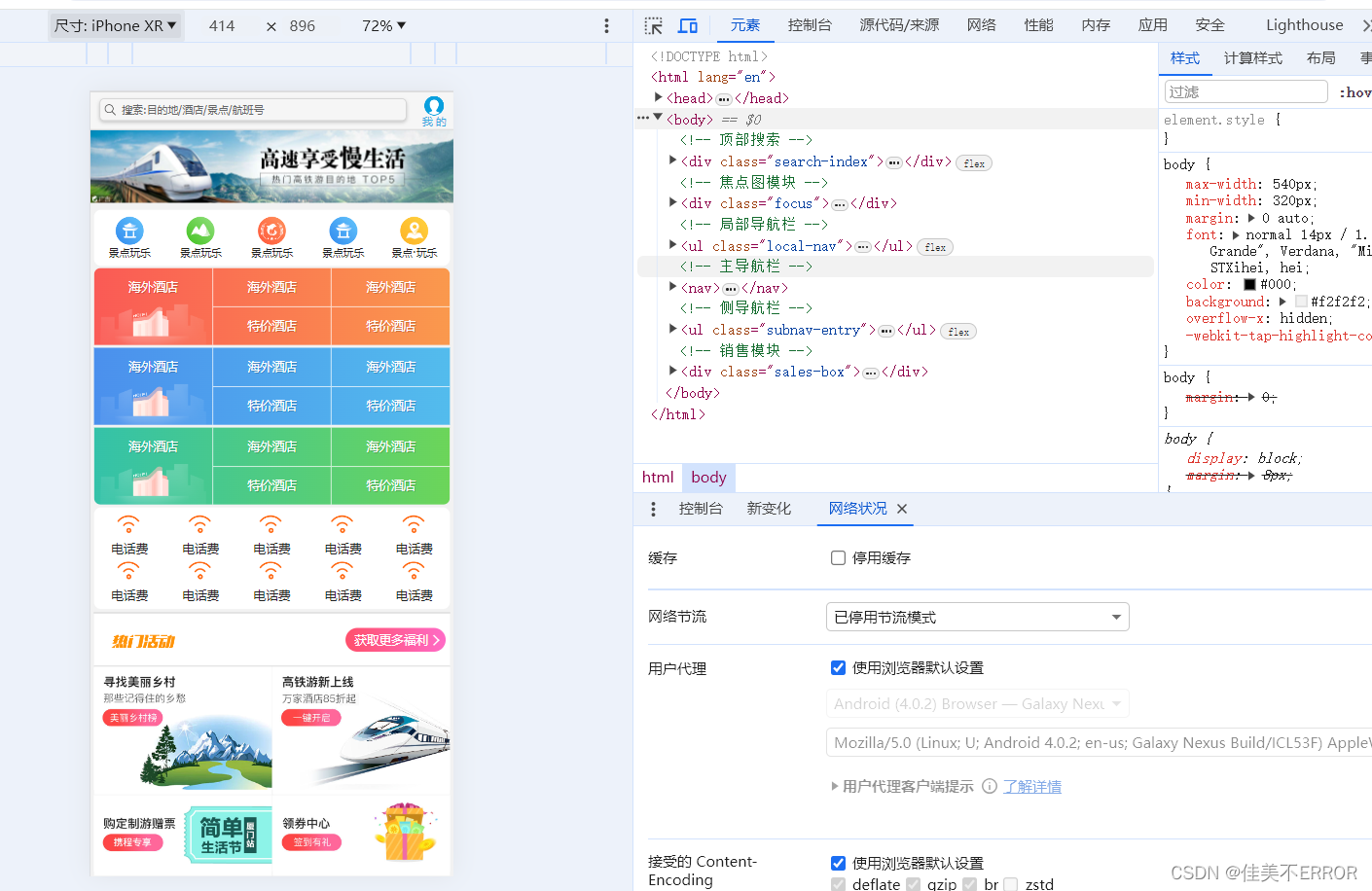注意:在LVS/DR模式环境下,具体配置见上篇LVS/DR配置
1.1 ldirectord介绍
-
LVS监控:
ldirectord主要设计用于监控Linux虚拟服务器(LVS)架构中的服务器池状态。LVS是一种负载均衡解决方案,用于将网络流量和请求分发到多个服务器上。 -
运行环境:
ldirectord运行在IPVS节点上,即负载均衡器所在的服务器上。 -
守护进程: 它作为一个守护进程运行,这意味着它会在后台持续运行,监控服务器池中服务器的状态。
-
健康检查:
ldirectord通过向服务器池中的每个真实服务器发送请求来执行健康检查。这些请求可以是TCP连接、HTTP请求或其他类型的网络请求,具体取决于配置。 -
自动管理: 如果某个服务器没有响应
ldirectord发送的请求,ldirectord会认为该服务器不可用,并使用ipvsadm工具从IPVS表中删除该服务器的条目。ipvsadm是一个用于管理IP虚拟服务器的命令行工具。 -
恢复处理: 当不可用的服务器再次变得可用并能够响应健康检查时,
ldirectord同样会使用ipvsadm将该服务器重新添加到IPVS表中。 -
高可用性: 通过自动添加和删除服务器,
ldirectord有助于维护LVS架构的高可用性,确保流量始终被分发到健康的服务器上。 -
配置灵活:
ldirectord允许管理员自定义健康检查的频率、类型和超时设置,以适应不同的监控需求。 -
日志和监控: 它可能还提供日志记录功能,帮助系统管理员跟踪服务器状态的变化和
ldirectord的操作。 -
开源社区: 作为一个开源工具,
ldirectord可能会有一个活跃的社区,提供支持和分享最佳实践。
1.1.1 模拟一台Nginx宕机
[root@LVS-RS2 ~]# systemctl stop nginx.service [root@LVS ~]# ipvsadm -Ln #并没有将RS2删除 IP Virtual Server version 1.2.1 (size=4096) Prot LocalAddress:Port Scheduler Flags-> RemoteAddress:Port Forward Weight ActiveConn InActConn TCP 192.168.110.10:80 rr-> 192.168.110.32:80 Route 1 0 10 -> 192.168.110.33:80 Route 1 5 5 [root@Client ~]# for ((i=1;i<=10;i++)); do curl http://192.168.110.10; done curl: (7) Failed to connect to 192.168.110.10 port 80: Connection refused This is LVS test IP=192.168.110.32 Host=LVS-RS1 curl: (7) Failed to connect to 192.168.110.10 port 80: Connection refused This is LVS test IP=192.168.110.32 Host=LVS-RS1 curl: (7) Failed to connect to 192.168.110.10 port 80: Connection refused This is LVS test IP=192.168.110.32 Host=LVS-RS1 curl: (7) Failed to connect to 192.168.110.10 port 80: Connection refused This is LVS test IP=192.168.110.32 Host=LVS-RS1 curl: (7) Failed to connect to 192.168.110.10 port 80: Connection refused This is LVS test IP=192.168.110.32 Host=LVS-RS1
1.2 使用ldirectord实现LVS/DR的高可用
| 机器名称 | IP地址 | 子网掩码 | 说明 |
|---|---|---|---|
| LVS | 192.168.110.41 | 255.255.255.0 | 负载均衡器 |
| RS1 | 192.168.110.32 | 255.255.255.0 | 真实服务器1 |
| RS2 | 192.168.110.33 | 255.255.255.0 | 真实服务器2 |
| Client | 192.168.110.34 | 255.255.255.0 | 客户端 |
1.2.1 安装部署
[root@LVS ~]# yum install ldirectord -y #Rocky 8 仓库没有这个包
1.2.2 配置
[root@LVS ~]# cp /usr/share/doc/ldirectord/ldirectord.cf /etc/ha.d/ldirectord.cf [root@LVS ~]# vim /etc/ha.d/ldirectord.cf #修改配置如下 # Global Directives checktimeout=3 checkinterval=1 #fallback=127.0.0.1:80 #fallback6=[::1]:80 autoreload=yes #logfile="/var/log/ldirectord.log" #logfile="local0" #emailalert="admin@x.y.z" #emailalertfreq=3600 #emailalertstatus=all quiescent=no # Sample for an http virtual service virtual=192.168.110.10:80real=192.168.110.32:80 gatereal=192.168.110.33:80 gatefallback=127.0.0.1:80 gateservice=httpscheduler=rrprotocol=tcpchecktype=negotiatecheckport=80[root@LVS ~]# systemctl start ldirectord.service
1.2.1 测试
[root@LVS ~]# watch -n 5 ipvsadm -Ln #可以实时监控 [root@LVS ~]# ipvsadm -Ln IP Virtual Server version 1.2.1 (size=4096) Prot LocalAddress:Port Scheduler Flags-> RemoteAddress:Port Forward Weight ActiveConn InActConn TCP 192.168.110.10:80 rr-> 192.168.110.32:80 Route 1 0 0 -> 192.168.110.33:80 Route 1 0 0 [root@LVS-RS2 ~]# systemctl stop nginx.service #模拟宕机 [root@LVS ~]# ipvsadm -Ln #自动移除 IP Virtual Server version 1.2.1 (size=4096) Prot LocalAddress:Port Scheduler Flags-> RemoteAddress:Port Forward Weight ActiveConn InActConn TCP 192.168.110.10:80 rr-> 192.168.110.32:80 Route 1 0 0 [root@Client ~]# for ((i=1;i<=10;i++)); do curl http://192.168.110.10; done #请求全部转到RS1 This is LVS test IP=192.168.110.32 Host=LVS-RS1 This is LVS test IP=192.168.110.32 Host=LVS-RS1 This is LVS test IP=192.168.110.32 Host=LVS-RS1 This is LVS test IP=192.168.110.32 Host=LVS-RS1 This is LVS test IP=192.168.110.32 Host=LVS-RS1 This is LVS test IP=192.168.110.32 Host=LVS-RS1 This is LVS test IP=192.168.110.32 Host=LVS-RS1 This is LVS test IP=192.168.110.32 Host=LVS-RS1 This is LVS test IP=192.168.110.32 Host=LVS-RS1 This is LVS test IP=192.168.110.32 Host=LVS-RS1 [root@LVS-RS2 ~]# systemctl start nginx.service [root@LVS ~]# ipvsadm -Ln #启动后回复 IP Virtual Server version 1.2.1 (size=4096) Prot LocalAddress:Port Scheduler Flags-> RemoteAddress:Port Forward Weight ActiveConn InActConn TCP 192.168.110.10:80 rr-> 192.168.110.32:80 Route 1 0 10 -> 192.168.110.33:80 Route 1 0 0






